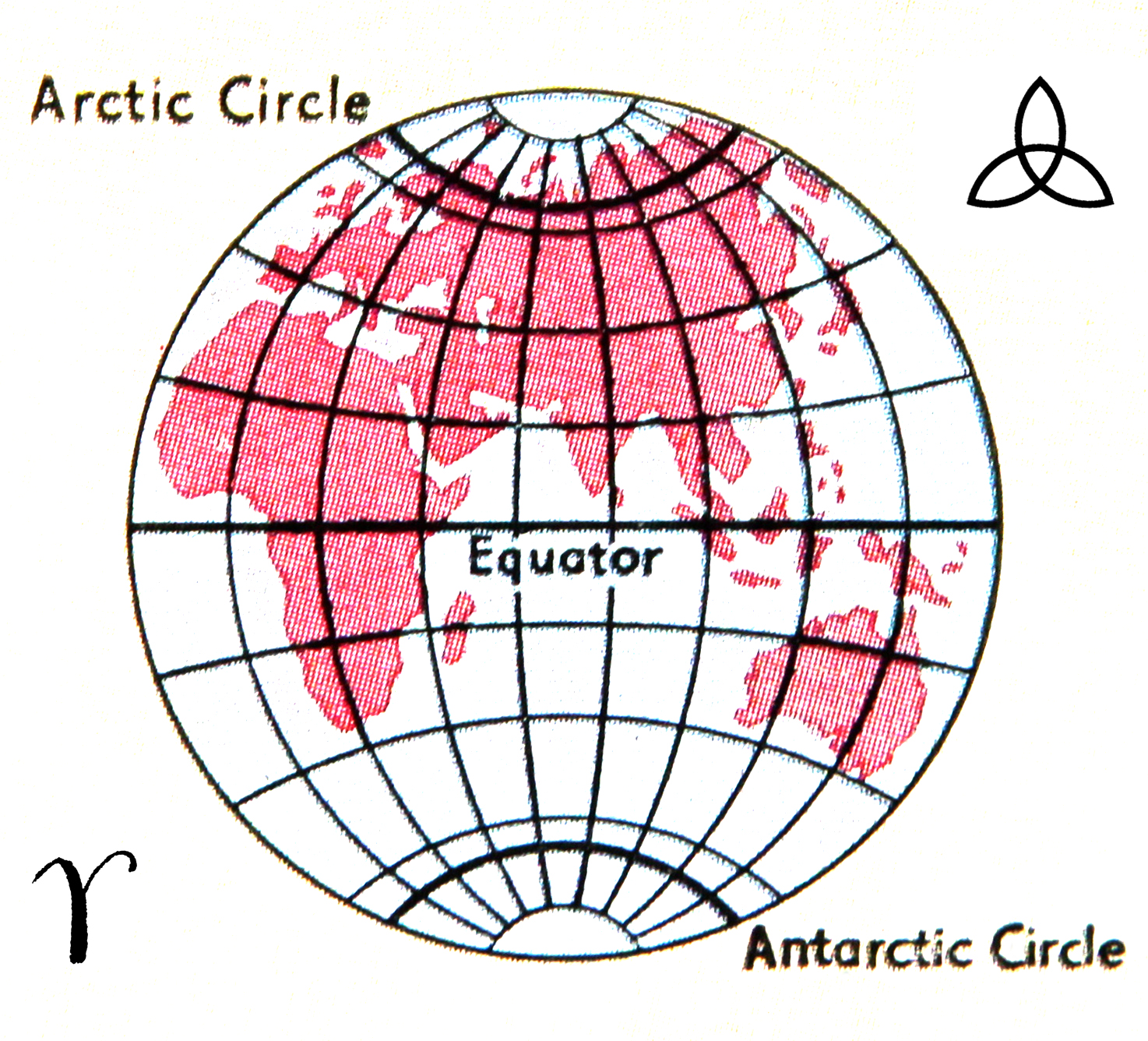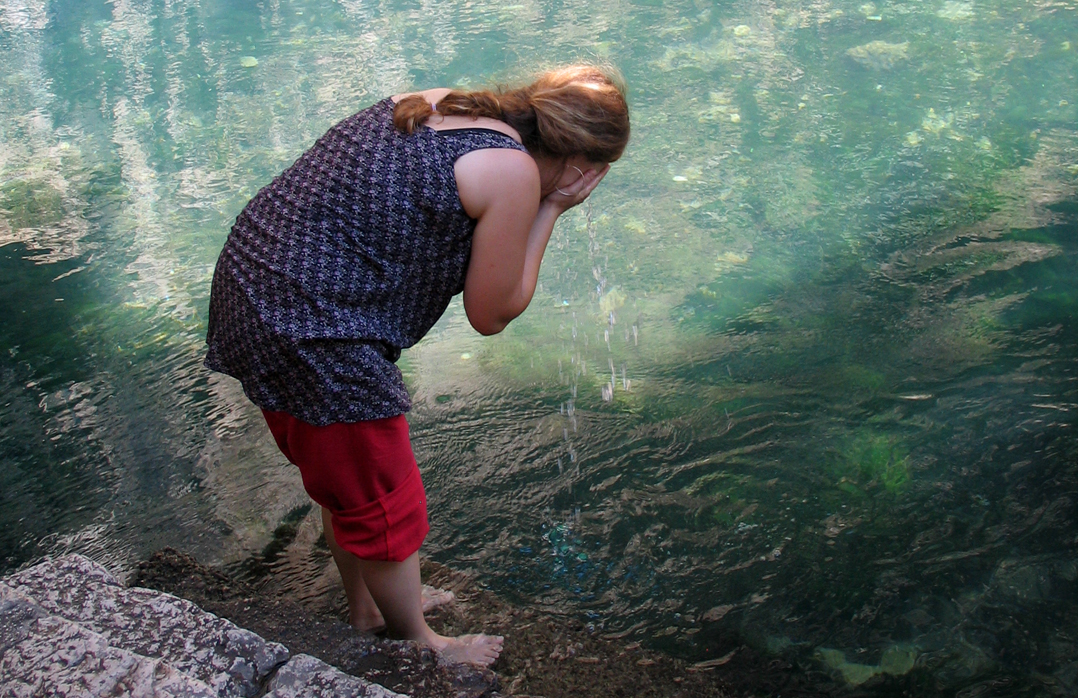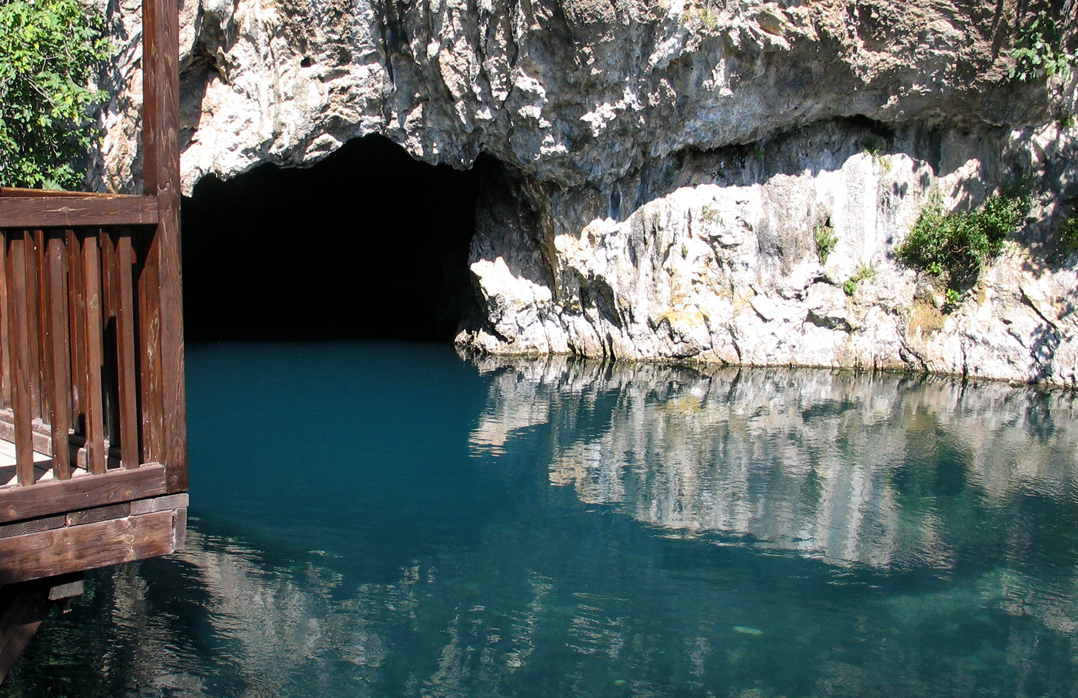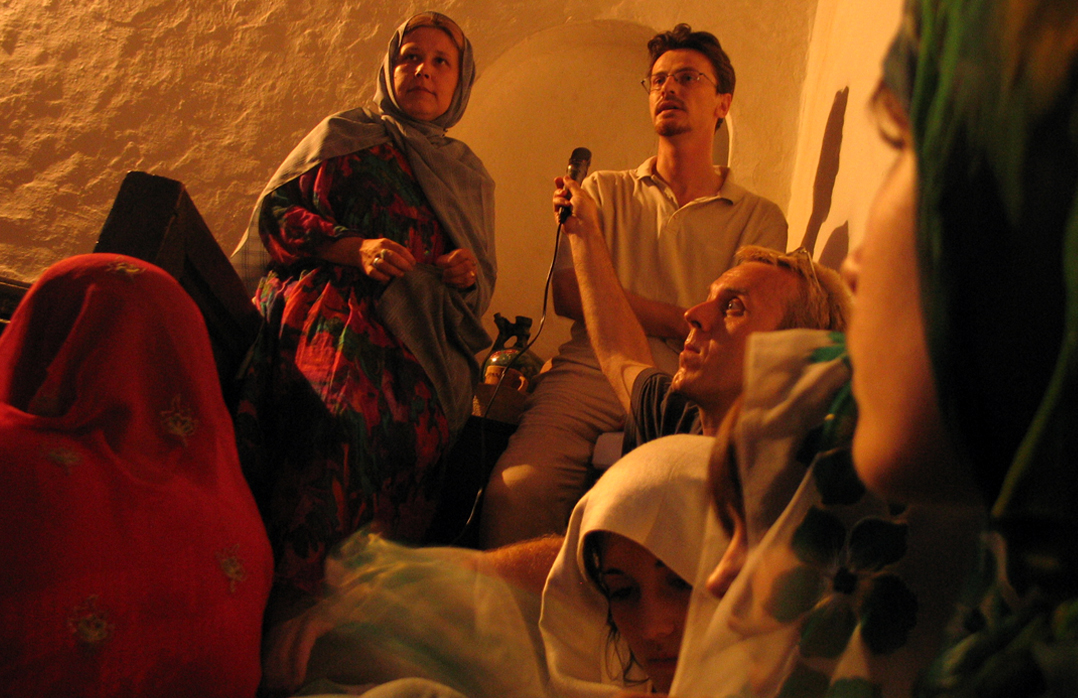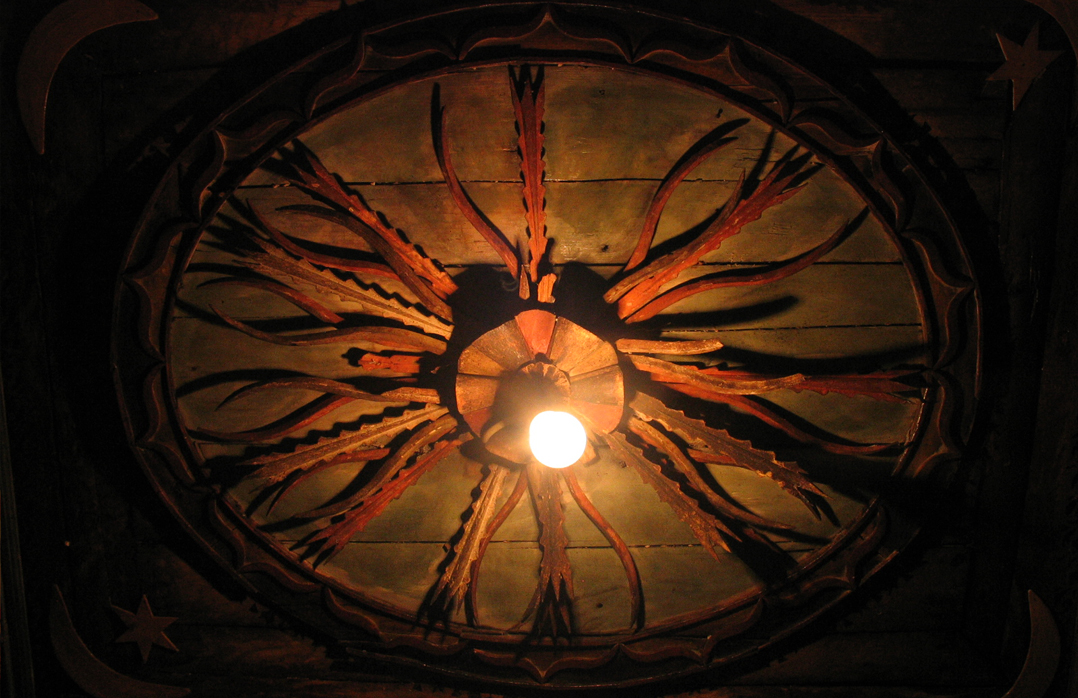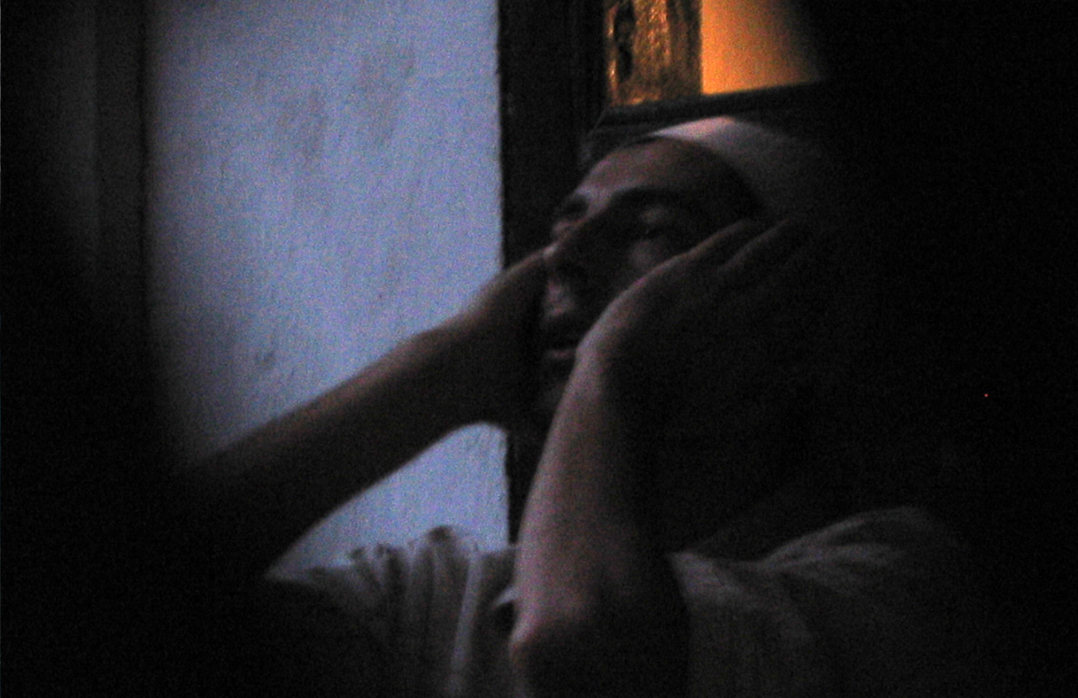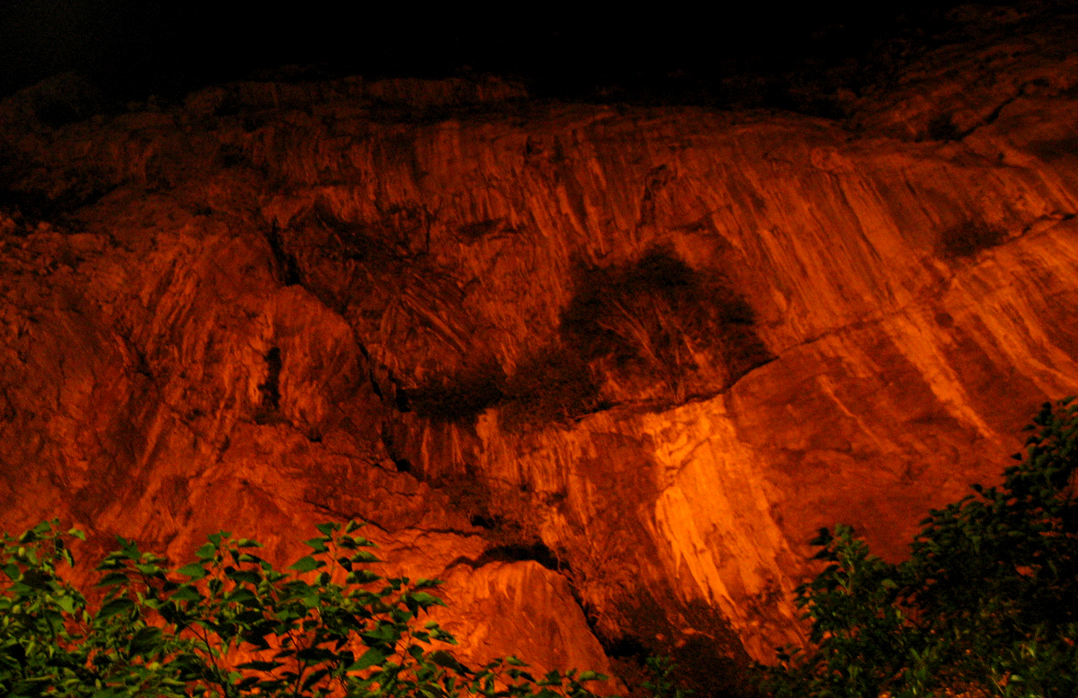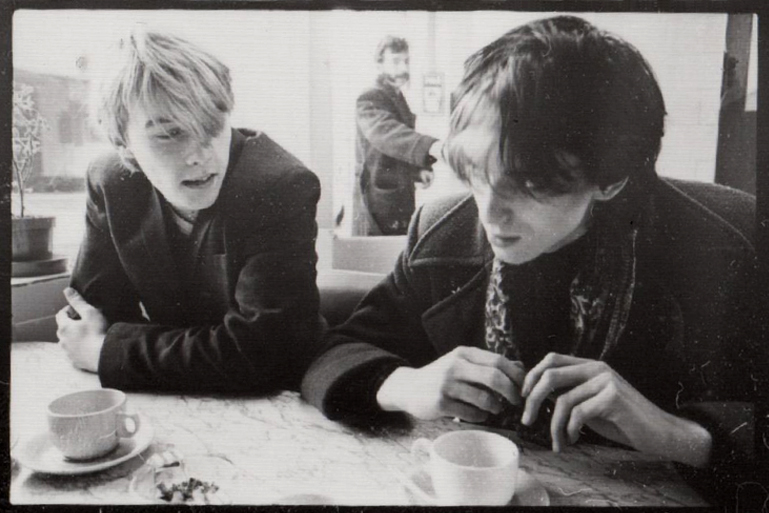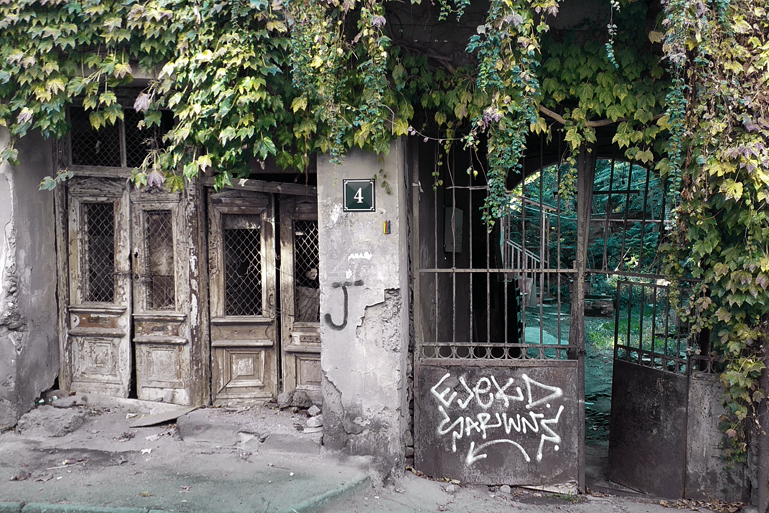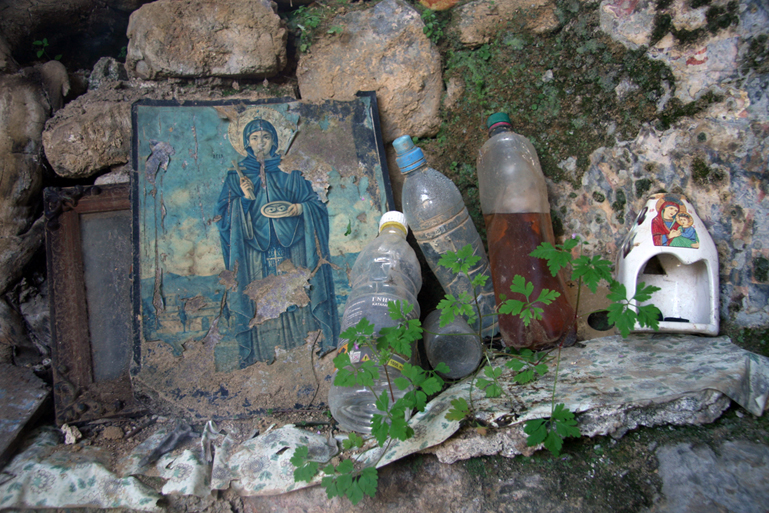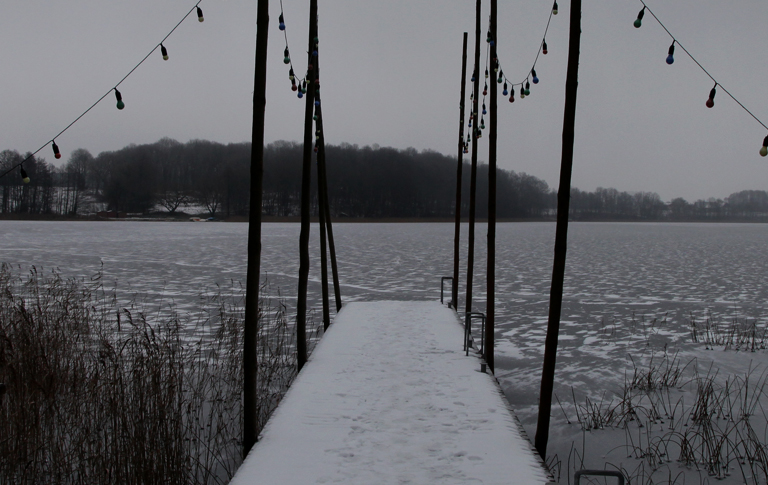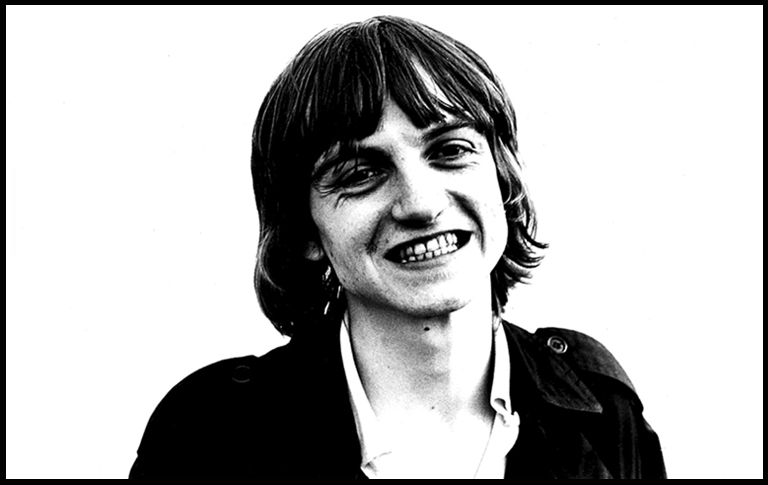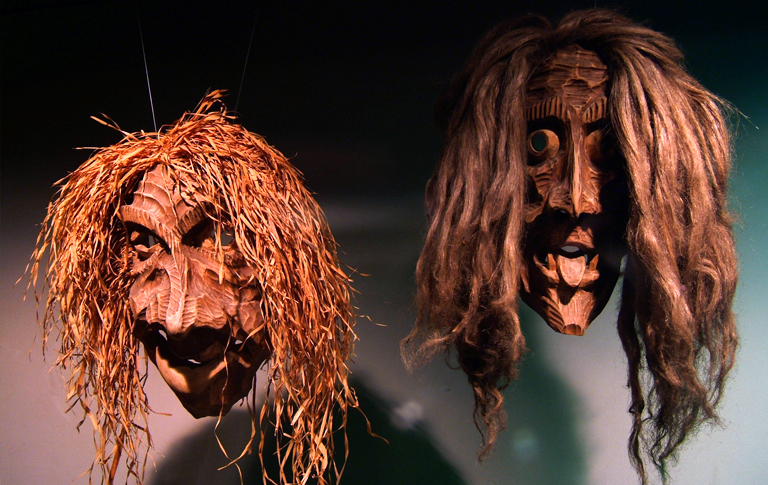Blagaj Tekke, Bosnia-Herzegovina
In the unrelenting heat of the Bosnian summer the well-spring of the river Buna emerges from a cave at the feet of vertical limestone cliffs some 200 metres high, gathers in calm pool then flows over some man-made terraces, before rushing down the valley in a torrent. One of the largest springs in Europe, we are told it has an average water flow of 43,000 gallons per second. It drains into the river Nerevta, in the eastern part of Adriatic basin. Bosnia-Herzegovina has water in abundance, and yet it is also becoming a scarce resource.
We begin life as water borne creatures, suspended in the rich amniotic fluid of the womb. Our bodies are primarily water. An average human being can only survive three days without water and we have an ancient urge to live near it; for sustenance, cleansing, for healing. To one side of the precious water of the Buna stands an ancient Sufi lodge, as if conjured from a fairy tale. The Tekke (khanqah or dervish house) was for centuries a place for Islamic mysticism, worship and contemplation – apart from some decades under Austro-Hungarian rule in the 1800s, and then under Communist Yugoslavia post World War Two up until the late 1970s.
The first written record of this Tekke was made by the Ottoman explorer Evlija Celebija, who passed this way in 1664. A stone slab in the courtyard tells us that the Tekke was built on the site of an older Bogomil shrine, a long extinct Gnostic sect, declared heretics, of whom little is known.
Away from the blistering sun, its cool interior is decorated with richly embroidered carpets, painted ceilings and intricate wooden carvings of celestial bodies, coloured glass lamps, Arabic calligraphy, mosaics, cushioned areas, and above the haman, a dome peppered with yellow, blue, red, green star shapes to let in the natural light.
We go down steps to the pool to sup from a metal bowl, as tradition dictates. The water is ice cold, delicious, turquoise-blue, life-giving.
The Tekke holds a mausoleum, where two Islamic missionaries, Sari Saltuk and Achik Basha, are said to be buried. Sari Saltuk is both a historical and mythical figure. A religious leader from the 13th century, eloquent in a dozen languages, it is said he rode a magical horse and fought Christian Knights, djinns and dragons. His wooden sword cleaved rocks asunder, his cypress staff brought forth holy springs. Upon his death, his disciples were ordered to bury his body in multiple locations, four in Christian lands, three in Muslim ones. There are versions of the tale that suggest far more locations. *
We listen to the stories and then at dusk a devotee, called the ‘rememberer’, stands on the balcony, undertaking the Dzikr praise-chanting, the repetition of the Names of Allah.
Dark settles around us, lamps are lit, floodlights cast an orange glow over the water and cliffs. A mist rises off the river, as the heat of the day diffuses. Time to sit in the café, drink mint tea or Sprite and share a plate of Ćevapi, grilled minced meat, onions and bread. Even many years later, Nick from Langley, then a teenage gamer and West Bromwich Albion fan (wearing a different team shirt each day), now a Graphic Designer, recalls the trip there: “That is still the most beautiful location I’ve ever been to. I wanted to swim into that cave.”
• As reported in ‘Goodbye Eastern Europe – An Intimate History of a Divided Land’ by Jacob Mikanowski
